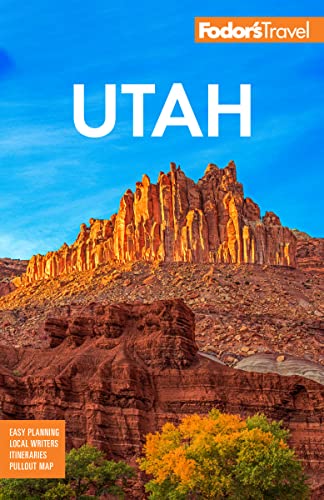When you first drive down crowded Main Street (Moab’s commercial, downtown strip), you might not get the town’s appeal right away. The wide thoroughfare is lined with T-shirt shops and touristy restaurants. But don’t let Moab’s impersonal exterior fool you; take a few walks, visit some of the town's locally owned stores and eateries, and talk to some of the residents, and you'll realize this is a town centered on community. Local theater, local radio, and local art rule. At its core, this is a frontier outpost, where people have had to create their own livelihoods for more than 100 years. In the late 1880s, it was settled as a farming and ranching community. By the 1950s it became a center for uranium mining after Charlie Steen found a huge deposit of the stuff outside town. After about a decade of unbelievable monetary success, there was a massive downturn in the mining industry, and Moab plunged into an economic free fall. Then came tourism. Moab was able to rebuild itself with the dollars of sightseers, four-wheelers, bikers, and boaters. Today the town is dealing with environmental and development issues while becoming more and more popular with tourists and second-homeowners from around the world. No matter how it changes, though, one thing never will: this town has a different flavor from any other found in the state.

- Photo: Peter Guttman/Peterguttman.com
- Photo: Peter Guttman/Peterguttman.com
- Photo: Dean Fikar / Shutterstock
- Photo: welcomia / Shutterstock
- Photo: Pung / Shutterstock
- Photo: Oscity / Shutterstock
Moab
Explore Moab
Plan Your Next Trip
-
Things To Do
-
City Guides
-
Hotels





